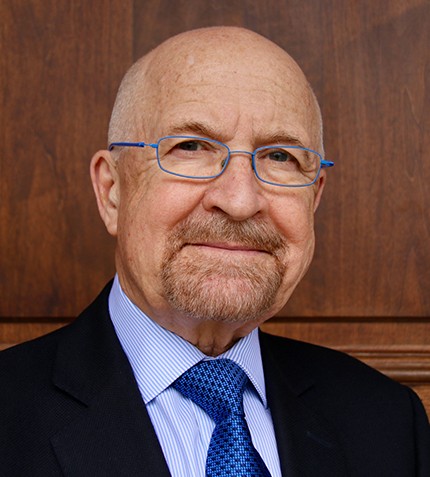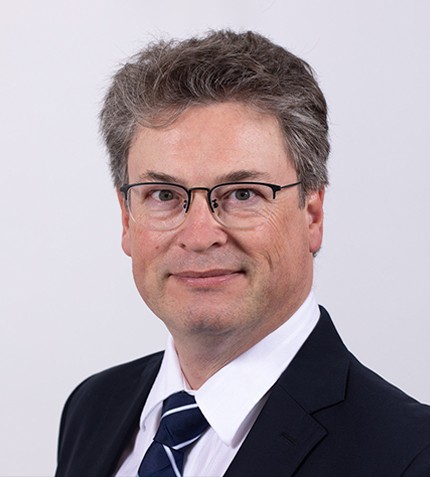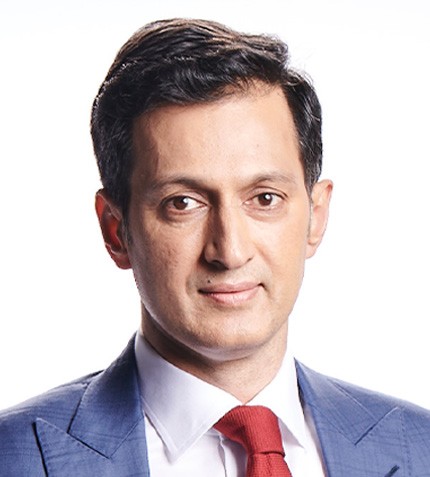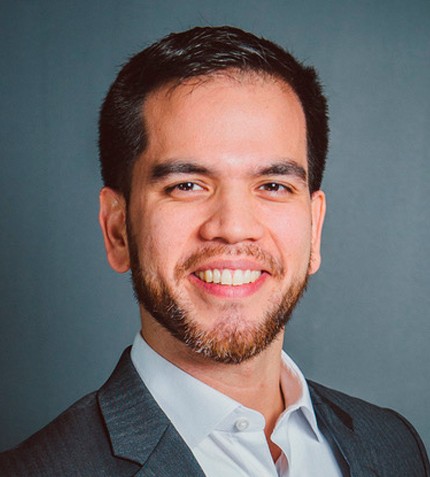
"As a Canadian company, with a world-class discovery, Global Atomic brings great exposure to Niger, attracting other explorers into the region."
RELATED PUBLICATION
ARTICLES FROM THIS PUBLICATION
Stephen G. Roman
PRESIDENT AND CEO, GLOBAL ATOMIC
Could you bring us up to date with the latest developments at your Dasa Uranium project in Niger?
Dasa is the largest, highest-grade uranium deposit discovered in Africa in the last 50 years. The project is fully permitted, having received the mining permit at the end of 2020, and the environmental compliance certificate in January 2021. We are working on infrastructure developments, including site and camp improvements, and we recently signed a letter of intent with Canadian mine contractor CMAC-Thyssen to begin the initial underground development.
Could you remind us what the 12-years Phase 1 mine plan consists of?
The Phase 1 scenario is what we call the “Flank Zone” mining area, and it represents about 20% of the 250 million pounds deposit. We will begin with the Flank Zone because it is close to surface and accessible by ramp, allowing us to get into the upper level of the ore body. Concurrently, we started a drill program to advance the rest of the deposit to a mineable category. The Phase 2 mine plan will incorporate these upgraded mineral resources.
What are the focuses of your current 15,000 m drilling campaign?
The drilling program has two main purposes: The first is to move the Indicated and Inferred resources in the remaining 80% of the deposit to Measured and Indicated resources. Through infill drilling, we want to include these additional resources in an overall NPV and IRR of the project and demonstrate to the market we don’t have a 12-year project, but a 50-year project. Secondly, the drilling campaign also has an exploration component. Through onstrike drilling within the Flank Zone we expect to expand the Phase 1 mining area. The overall Dasa deposit remains open on strike and down dip and we believe it will continue to grow in excess of the current 250 million pounds.
Why do you think Niger has not attracted more foreign investment in uranium projects?
Niger is the fifth largest uranium producer in the world, supplying a large amount of France’s nuclear fuel needs. For many years, the country was not promoted to foreign investors, Niger’s uranium business being controlled by French companies. Niger needs more promotion to attract foreign investors and a success at the Dasa project will go a long way to making that a reality.
As a Canadian company, with a world-class discovery, Global Atomic brings great exposure to Niger, attracting other explorers into the region. Niger is a great place to work, with a supportive government and local population, and I believe, the country is starting to get recognition on the world stage both for mining and oil.
What can you tell our audience about the operational environment in Niger?
After the closure of Orano’s Cominak mine in March 2021, the 700 highly skilled people that worked at the mine form a great talent pool to tap into. The presence of the local workforce, all living in the same uranium-producing area, allows us to hire locally and support the economy and tax base of the country. The majority of the Dasa project employee roster will be local people.












